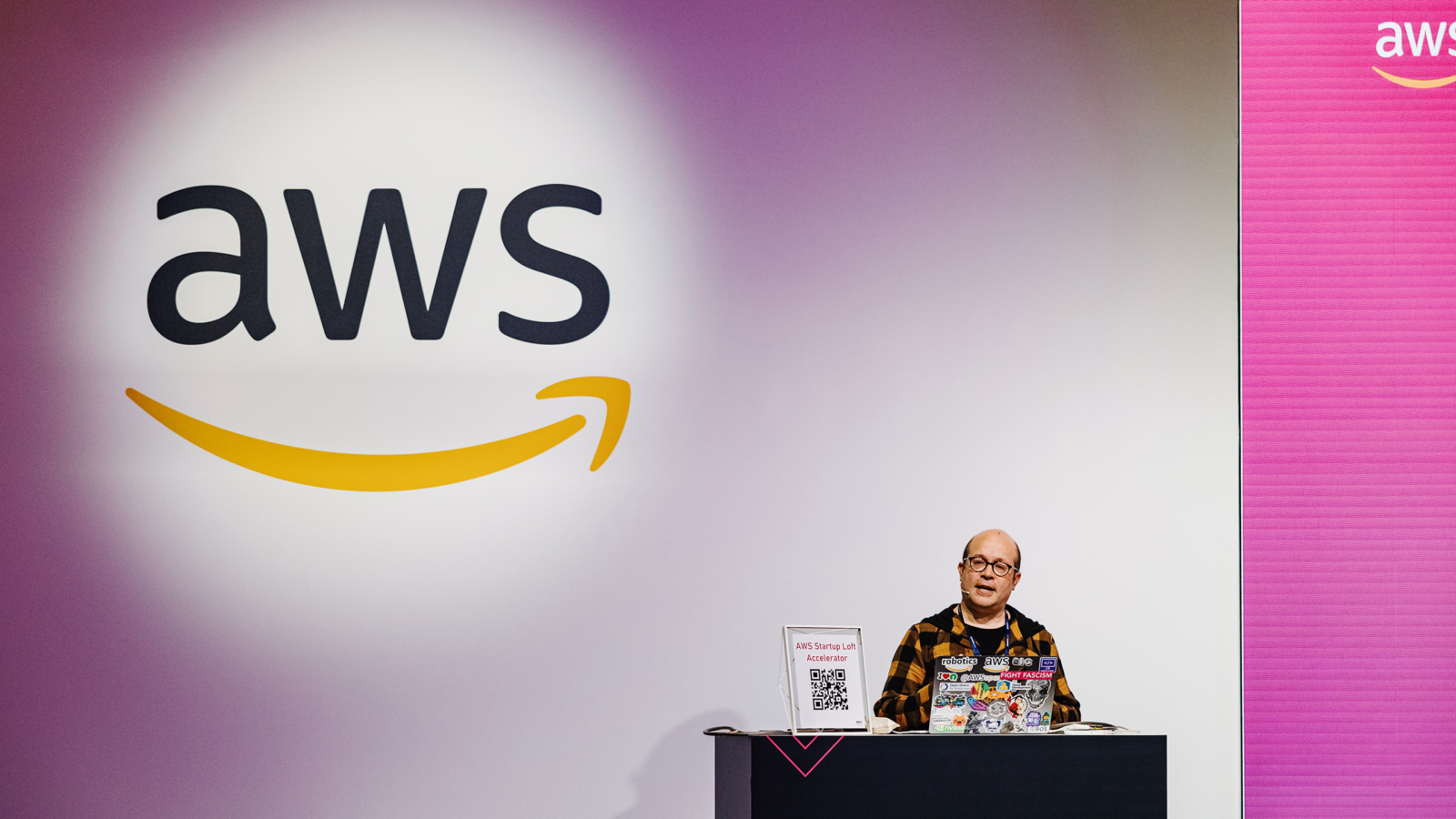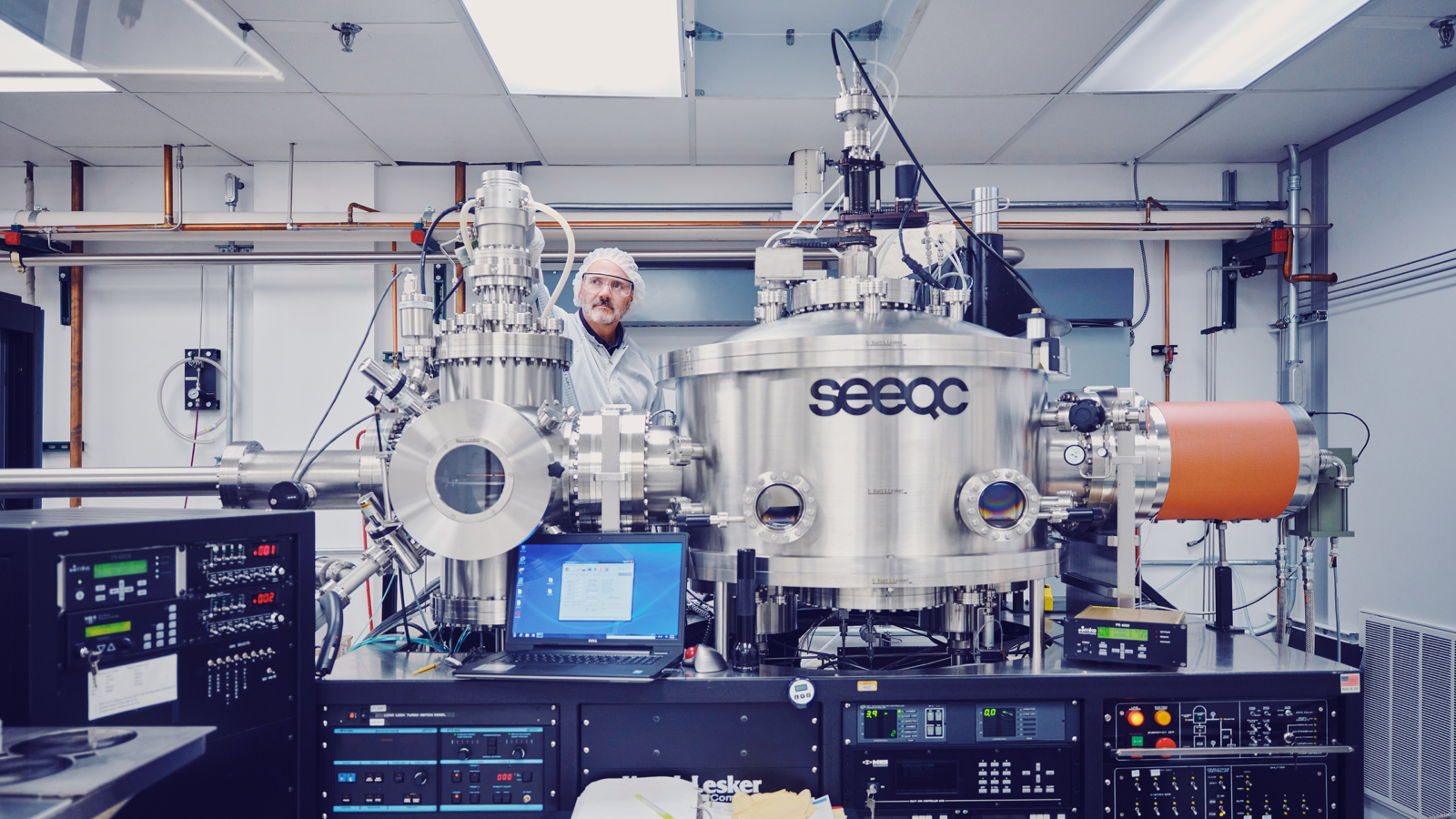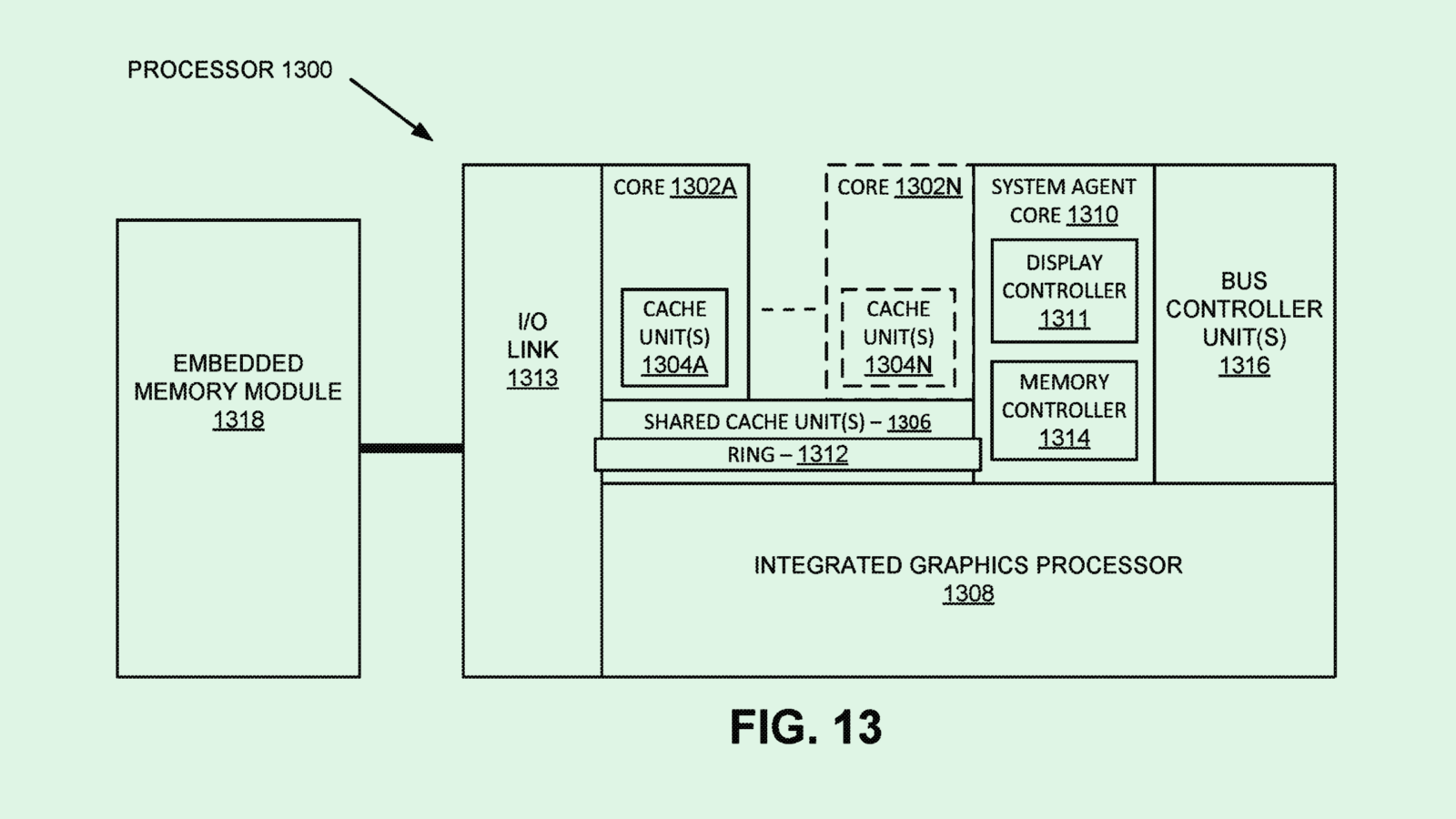Happy Thursday and welcome to CIO Upside.
As data grows in value, figuring out your enterprise’s cloud strategy is more important than ever. We spoke with an expert on how to strike the right balance. Plus: Inside SEEQC’s goal to make quantum less complex; and a look at Nvidia’s quest to shape the future of the data center.
But first, a quick programming note: In observance of Martin Luther King Jr. Day on Jan. 20, the next edition of CIO Upside will be published on Tuesday, Jan. 21.
Let’s jump in.
How to Find the ‘Perfect Hybrid’ For Your Enterprise

Cloud strategies aren’t one-size-fits-all.
Though cloud services undoubtedly have their benefits, this method of storage may not be effective or useful for all situations. Figuring out the balance of cloud versus on-premises data and systems isn’t always simple for enterprises.
“It’s this constant back and forth, going in and then egressing back out, on top of the other issues – compliance issues, data security issues, performance issues – that makes companies go, ‘We rushed into the cloud. It’s not necessarily the answer. What is the perfect hybrid deployment?” said Trevor Morgan, senior vice president of operations at OpenDrives.
So how did this tug-of-war begin in the first place? “Data is the coin of the realm,” said Morgan. As data has grown more valuable, some have pulled back on their cloud strategy in a move towards “data repatriation,” he said. “It is being dictated by that desire to have control over the thing of value.”
This movement, however, requires enterprises to spend money beefing up their own infrastructure, said Morgan. The AI boom has added another dimension to the problem: “If you keep pulling everything on-site, how are you going to use the kinds of resources needed to drive AI? Or can you find that balance so that you can take advantage of emerging AI – much of it right now is cloud-based?”
There are three main factors to keep in mind when figuring out your enterprise’s place in this back-and-forth: price, performance, and security, said Morgan.
- Let’s start with cost. Though cloud can certainly be a cheaper alternative to the capital expenditures of building your own infrastructure and equipment, cloud’s expenses can add up quickly, said Morgan. Depending on how much access your enterprise needs to certain data or software, “it may not necessarily be cost effective in the long run,” he said.
- Performance considerations may differ depending on the industry, said Morgan. Any company that’s consistently accessing “very large data sets,” like entertainment, finance or AI, has to ask itself, “Where does the data need to be in relation to the workloads? What movement does this allow my data?” Putting that data into the cloud may be akin to putting something you use every day into the attic, he added.
- And finally, security and compliance go hand in hand when considering where your data should live. While major cloud providers generally have strong data security measures, consider the data regulations where your company is operating as well as the sensitivity of the data you’re working with, Morgan said.
“The perfect hybrid takes into consideration those different dimensions and determines the rules by which we look at data sets and workflows and workloads and gauges the best place for the data to live,” he said.
Putting this into practice at your own enterprise could be as simple as watching and learning. Rather than being an early adopter of the newest trends in cloud and data centers as a knee-jerk reaction, “Get with your CIO, get with your data architects, your workload workflow experts, and think through and put together a plan,” he added.
“Before you act, plan. I don’t see enough planning going on,” said Morgan. “Most companies feel that action in and of itself indicates progress, that it says something to the shareholders. But are you doing it for the appearance of activity, or are you doing it for the right reason?”
SEEQC Wants to Make Quantum Computing Less Complicated

Quantum computing comes at a massive cost – in cash, energy and resources. One startup wants to overcome these barriers to bring quantum into enterprise at scale.
SEEQC, which stands for “scalable, energy-efficient quantum computing,” was founded with the goal of making quantum infrastructure less complicated. Instead of the bulky wiring and hardware that many conventional quantum systems require to actually get use out of them, SEEQC’s technology combines elements of both quantum and classical processors on a single chip that controls quantum devices, said John Levy, the company’s CEO.
The company announced a $30 million funding round on Tuesday, led by VC firms NordicNinja and Booz Allen Ventures. The Series A extension brings the company’s total to nearly $60 million, and will be used to further build out its architecture and go to market, said Levy.
When SEEQC spun out from chip company Hypres in 2019, its goal was to build the full stack of the “world’s best chip-based quantum computer.” But in meetings with quantum developers like Google and IBM, “We began to realize that everyone that we were talking to had the same set of problems that we were addressing,” he said.
As it stands, current quantum computing isn’t for everyday use and is “more or less at the prototype level,” Levy said. “We know now that you can build quantum computers, you can run algorithms, you can put them over the cloud. We know that there are some small applications that you can’t do classically. But what we don’t know yet is, ‘How are we going to scale them to enterprise level?’”
SEEQC believes “massive integration at the chip level” is the key to unlocking that scalability, Levy said. “It’s really the integration of all the core functionality of a quantum computer on a chip.”
So how does it work? The company’s “single flux quantum” processors essentially let you control a quantum computer without tons of additional hardware.
- These chips operate in the same absolute-zero environment as the quantum computers themselves to allow for digital control of a device’s qubits for things like data processing, readout and error correction, as well as perform classical computing tasks in tandem.
- This technology works with classical CPUs and GPUs for what Levy calls “true heterogeneous compute.” Its tech also fits into lots of existing quantum hardware, he noted.
Levy noted the system could make quantum a whole lot cheaper: SEEQC claims its methods reduce costs by 97% and energy usage by up to 100,000 times. Costs and energy consumption pose major roadblocks to scaling quantum to more than a few thousand qubits.
For enterprises, this could pave the path for broader quantum AI, such as running “very large-scale, very complex [large language models] on quantum computers,” he said. Another use case is pharmaceuticals or materials sciences, said Levy, such as discovering new drugs or chemicals, as it does in its partnership with pharmaceutical company Merck (which is also an investor in the startup).
“You need to make (these systems) fast, low latency, digital, accurate, etc., and put that all on a chip,” said Levy. “That’s what we have done, and that’s what we’re continuing to do.”
Nvidia’s Quest for the ‘Self-Aware Data Center’

The chip is the powerhouse of the datacenter. But Nvidia may want to have more control.
A recent Nvidia patent application tackles the cascading effects of errors in data centers with “automatic error prediction.” This tech predicts the likelihood of errors in data center processing units, using multiple machine learning models to monitor the probability of an anomaly both in the short and long term. It allows data center operators to get ahead of potential failures with proactive maintenance to cut downtime.
“They want to ensure the uptime and the predictability – they can’t have their data or processing damaged or halted. That halts their business,” said OpenDrives’ Trevor Morgan. This tech turns these facilities into “self-aware data center(s)” as an “insurance policy,” he said.
Nvidia’s patent history, however, is filled with filings for different kinds of data center architecture, including ways to automate labor, reel in energy costs and keep server farms cooler. This IP grab could do more for the company than just prove thought leadership, said Morgan.
As it stands, Nvidia is already the king of the AI chip industry, raking in $30.8 billion in data center revenue in the most recent quarter, up 112% from the previous year’s quarter. The company’s prominent place in the AI landscape, coupled with its vast data center architecture patent portfolio, could give the company sway over the future of these facilities, said Morgan – especially as this IP often touches on data centers’ biggest obstacles: energy usage, efficiency and demand management.
“[Nvidia] is going to be guiding the best practices,” said Morgan. “They’re not making a full blown tilt into the public cloud space. But they’re touching upon the borders of it.”
In having control over those best practices, Nvidia could persuade major firms in the cloud space, like Amazon, Microsoft and Google, to “follow its lead” and implement its ideas, edging out chip competitors in the process, Morgan said. “It could be forcing those big players to play along with them.”
Extra Upside
- Microsoft announced a new tier of 365 Copilot that allows companies to pay based on how frequently they use it.
- British AI video startup Synthesia raised $180 million, doubling the valuation of company to $2.1 billion
- What Connects Artificial Intelligence, the Trump Administration, and Silicon Valley? Find out in Semafor Technology—a twice-weekly twice weekly newsletter that examines the people, the money and the ideas at the center of the new era of Tech. Join 50,000 technology leaders who rely on Semafor’s insights— subscribe for free today.*
* Partner
CIO Upside is a publication of The Daily Upside. For any questions or comments, feel free to contact us at team@cio.thedailyupside.com.
